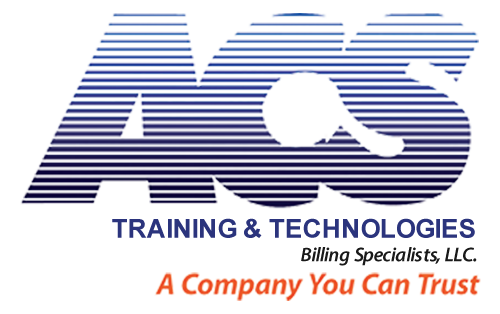
Registration and Intro
I. Introduction to Healthcare/Insurance fraud
II. Defining Market Players within the Healthcare Continuum
III. Protected Health Information
IV. Health Information Pipelines
V. Accounts Receivable Pipelines
VI. Operational Flow Activity
VII. Product, Service, and Consumer Market Activity
VIII. Data Management
IX. National Infrastructure
X. Normal Infrastructure and Anomaly Tracking Systems
XI. Components of the Data Mapping Process
XII. Components of the Data Mining Process
XIII. Components of the Data Mapping and Data Mining Process
XIV. Data Analysis Models
XV. Clinical Content Data Analysis
XVI. Profilers
XVII. Market Implications
XVIII. Conclusions
I. Market Background
II. Industry Applications
III. Impact of E – Health on Case Management
IV. Data in an E – Health Environment
V. Algorithms
VI. Data-driven Health Decisions in an E – Health Environment
VII. Analytic Tools and Audit Checklists
VIII. Electronic Health Records
IX. Healthcare Portfolio
X. Conclusions
| Course Program | |
|---|---|
| Time | Topic |
| TIMINGS | Day 1 |
| 08:00 to 08:30 | Registration & Introduction |
| Day 1-2 | |
| 08:30 to 10:00 | Session One |
| 10:00 to 10:15 | Morning Break & Networking |
| 10:15 to 12:15 | Session Two |
| 12:15 to 13:15 | Lunch Break & Networking |
| 13:15 to 14:45 | Session Three |
| 14:45 to 15:00 | Evening Break & Networking |
| 15:00 to 16:30 | Session Four |